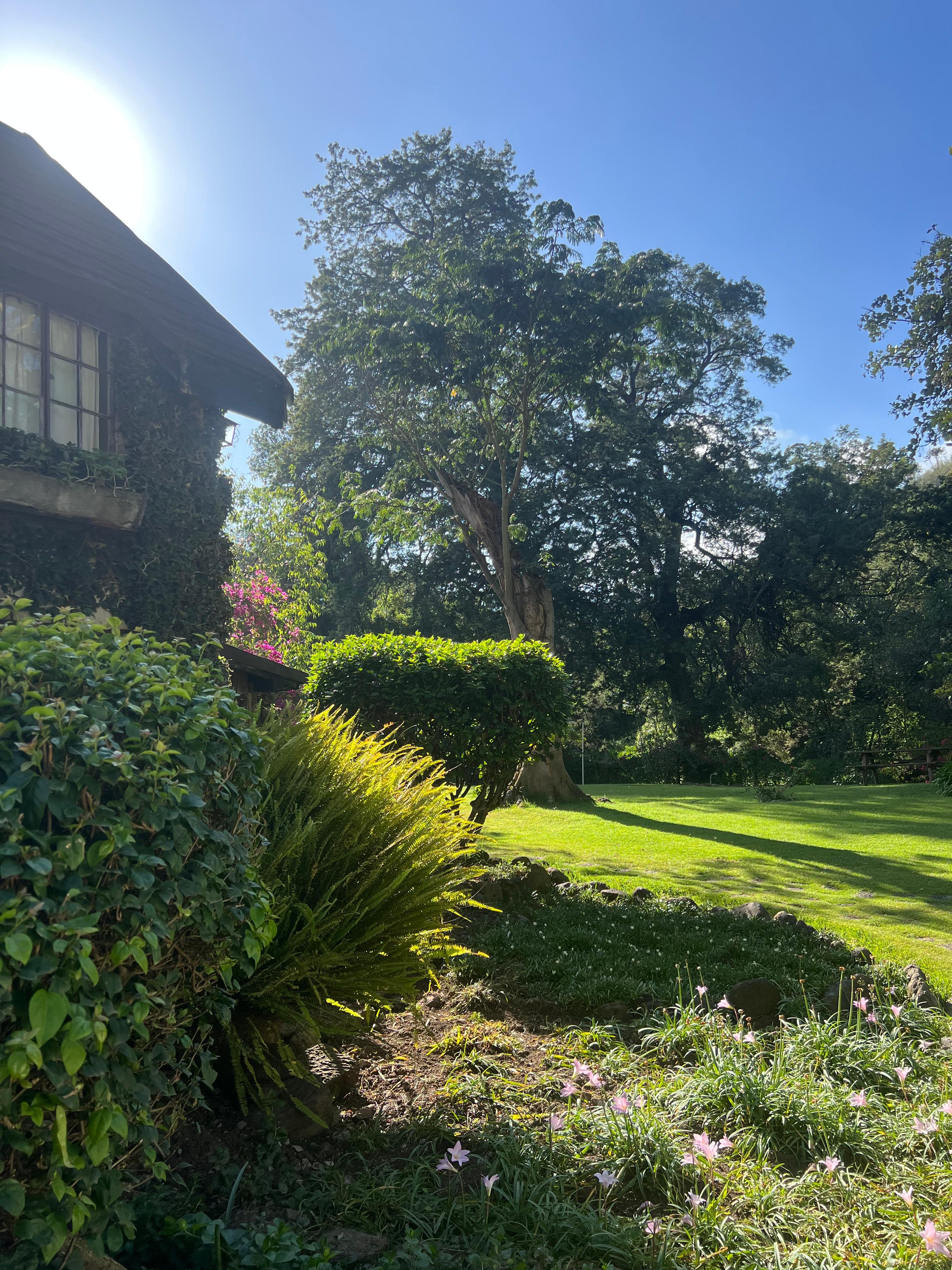INSPIRATION
Conservation – “We Can Turn Poaching Around”
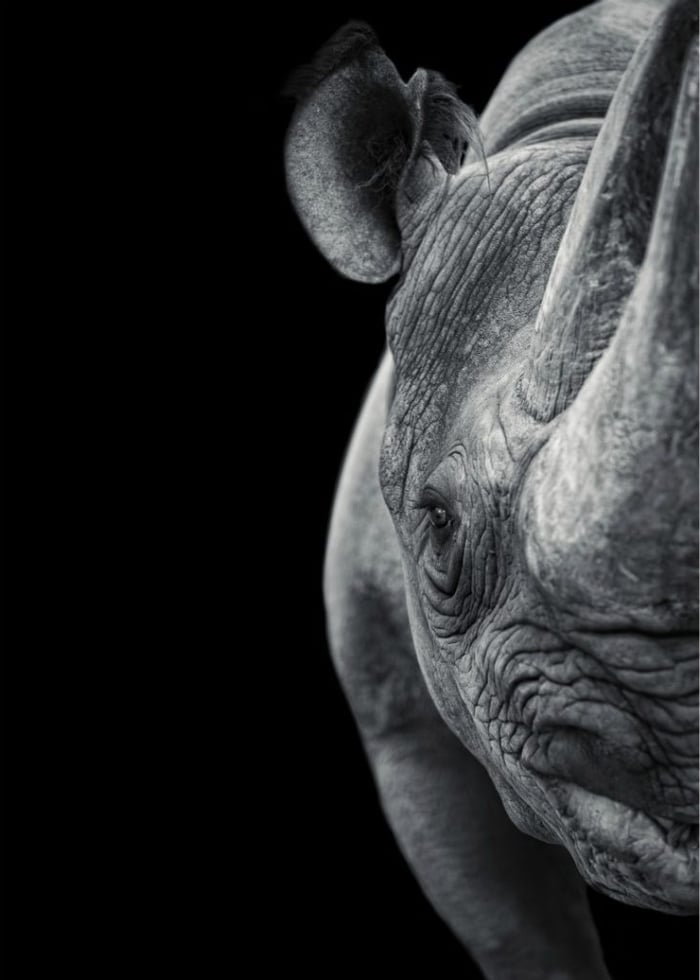
American geographer Esmond Bradley Martin is an expert on the rhino horn and elephant ivory trade, travelling all over the world with his wife, Chryssee Martin, and colleagues Lucy Vigne and Dan Stiles to identify the markets, the traffickers and the modern-day uses, as well as debunking some myths. Among his achievements was helping persuade China to shut down its legal rhino horn trade in 1993.
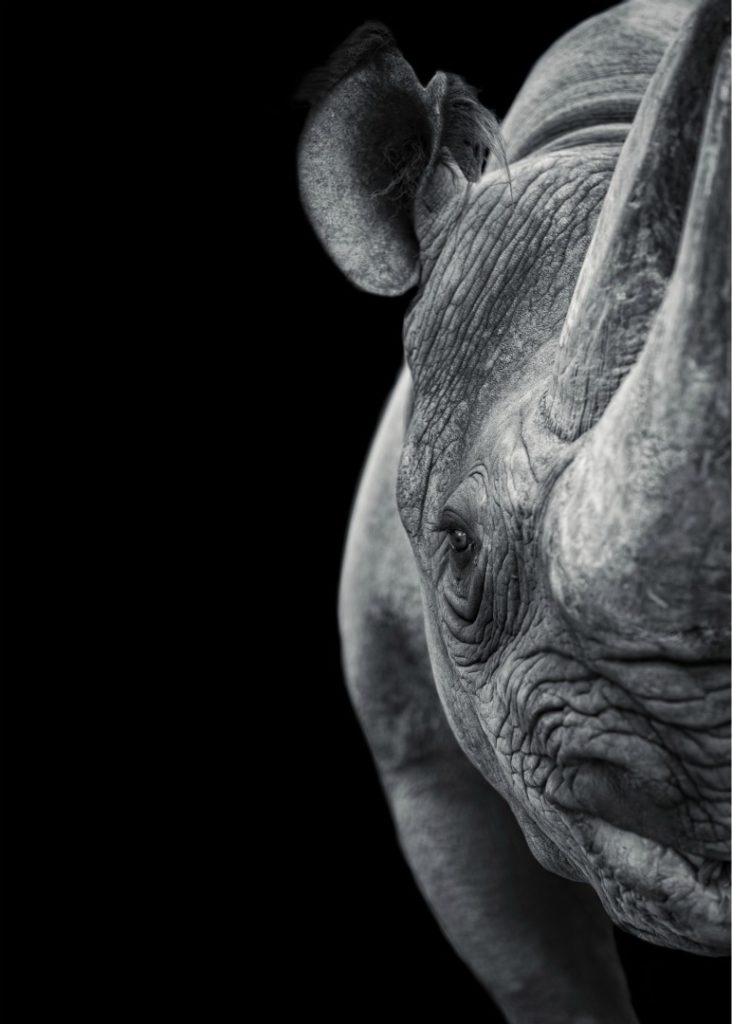
Africa’s Black Rhino
How did you get involved with the rhino horn trade?
I was looking at the illegal trade in the Indian Ocean based on dhows, and my wife and I wrote a book called Cargoes of the East. Around that time, we discovered that most of the rhino horn from East Africa was going to Yemen. What had happened was in the 1970s, there had been a huge slaughter of elephants in East Africa, followed in the 1980s by rhinos. In Kenya, there were around 20,000 rhinos in 1970, but by the 1990s, most of the rhinos had been eliminated. The puzzle was: why were all these rhinos being killed, and where was the horn going?
What did you find out?
Most thought rhino were being killed because the horn was being used as an aphrodisiac in China. It was completely false. China never used it for sexual purposes. But where was it going? To North Yemen [before the country unified in 1990], where it was being used to make handles for jambiyas [Yemeni daggers] until very recently. There was only one place where rhino horn was being used as an aphrodisiac – in a part of Bombay [Mumbai] and the state of Gujurat in India. Almost every part of the rhino is used for medicinal purposes in Asia. The horn is used for lowering fevers; the skin for skin diseases; blood is consumed as a tonic; urine for coughs and nails are a poor man’s rhino horn. Asian horns are much more valuable for medicinal purposes, and always have been. It’s smaller and more concentrated.
If you asked about elephant ivory, most would say it was going to China, and being used for carvings. But do you know where most of it was going? Forty percent ended up in Japan, where it was used for making name seals, called hankos. About 20 percent went to Europe, and 10-15 percent to the United States. The point is, if you want to save these animals, you’ve got to know where the market is and combat it.
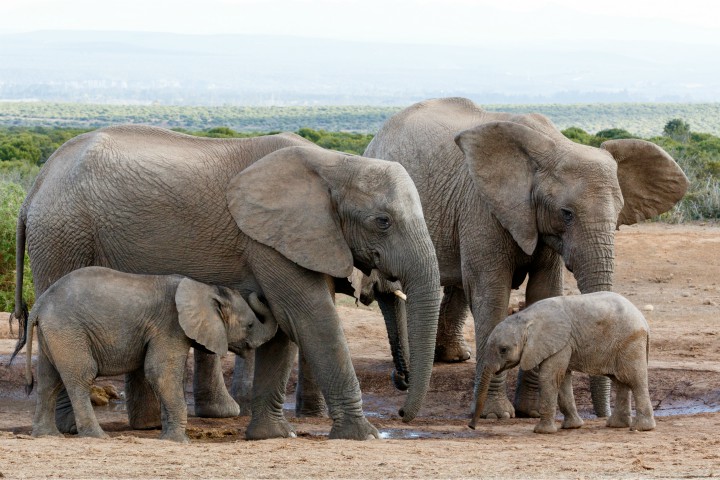
African bush elephant
You were the first to document the destruction of antique rhino carvings in China. Tell us about that.
I first went to China in 1985. Pharmaceutical factories were buying up rhino horn locally to make their medicines. But what were they buying? Works of art. At factories, they would pick up 20 kg bags and drop them [with the works of art] on a concrete floor. Why would you break up an antique and grind it down and make into a medication? The pharmaceutical factories did not then have access to hard currency, so they could not import rhino horn. The only source they had was the domestic source, and the domestic source was works of art and shavings from carvings.
You then became the UN Special Envoy for Rhino Conservation. Where did that lead?
One of my highest priorities was to film these bags containing antique rhino horns, and I got a film crew in from TVE in the UK and we filmed this. TVE then produced a 20-minute film shown all over the world. The Chinese eventually blocked it, but by 1993, we stopped the destruction of antiques and the legal domestic trade came to an end. China started using substitute materials instead.
How much does rhino horn currently fetch on international markets?
Prices peaked about five years ago. The wholesale price for a full horn in Asia peaked at about $65,000 per kilo for African rhino horn; the price has steadily gone down, and in January, it was $28,000 a kilo. The curious thing is that the price of rhino horn dropped, but poaching hasn’t dropped. That’s true for elephants as well. A poaching gang of, say, three people gets about $2,300 a kilo. An average rhino here carries three kilos so a poaching gang would get more than $6,000. That’s a hell of a lot of money.
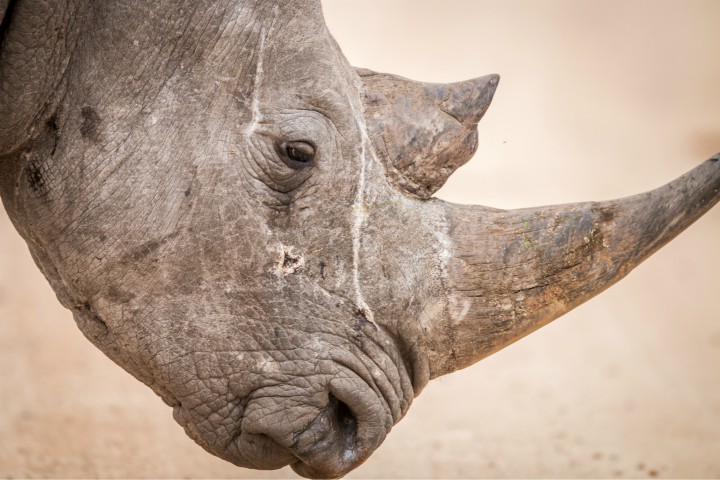
Side profile of a Black rhino in the Kruger National Park South Africa.
What is the outlook for rhino in Africa?
It’s very mixed. Kenya is doing very well, but South Africa is going through a rough period. The problem with South Africa is that it shares a border with Mozambique, where wildlife corruption is common. Namibia had until recently little rhino poaching, but now it does. Why? Because of the presence of Chinese rhino horn traders in the country. Overall, now 1,000 are being killed annually on the continent.
There are also new uses for rhino horn. The elite in Vietnam will sprinkle a powder [from the horn] onto their food and consume it for status; people make jewellery and small cups out of it. Some people even believe it can be used to cure cancer. What’s driving the trade is China. The people buying jewellery and cups are all Chinese. They’re buying these items in Laos, Vietnam and Myanmar. Many of the markets are right on the border with China.
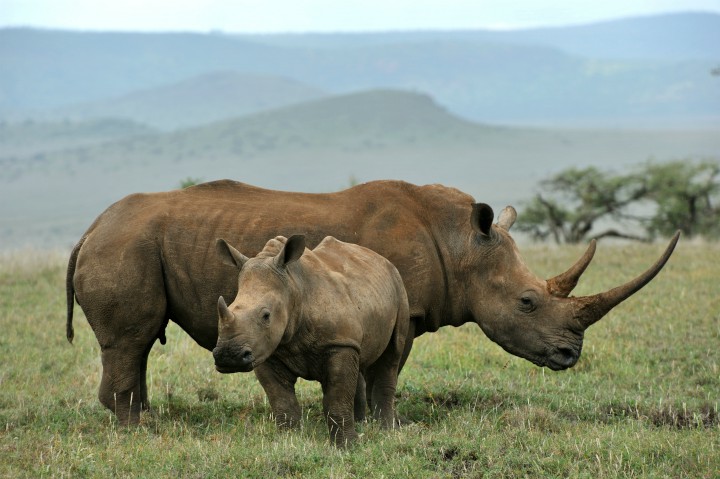
Would you say the efforts to protect the rhino have been successful?
How do you assess success? The practical way is to look at the rhino numbers. In 1970, there were 3,500 white rhino [in Africa], it’s now 20,000. There were 65,000 black rhino, and now there are only 5,100. The Indian one-horned rhino has risen from 900 in 1970 to 3,600 today. But there are less than one hundred Sumatran rhino, down from 1,000 in 1970. And the Javan rhino numbers only about 63 today. It’s a mixed bag.
What more can countries with rhino populations do to protect them?
There are some poor countries that have been very successful in rhino conservation. India and Nepal are two of them. They help local people [living in proximity to wildlife], have heads of state involved, focus on apprehending the middlemen, have an adequate number of people on the ground patrolling, and have really good intelligence. The disappointing thing is that people are too negative on this situation. We can turn rhino poaching around if people allocate the proper resources.
Our Top Experiences
SEEN SOMETHING YOU LIKE?
Enquire now and our team will create a custom itinerary tailored to your preferences.

CONTACT
enquiries@nomad.africa
Tel: +254 708 238 738
Purple Nomad Ltd
PO Box 69671 - 00400
Mwanzi Avenue, Nairobi, Kenya


